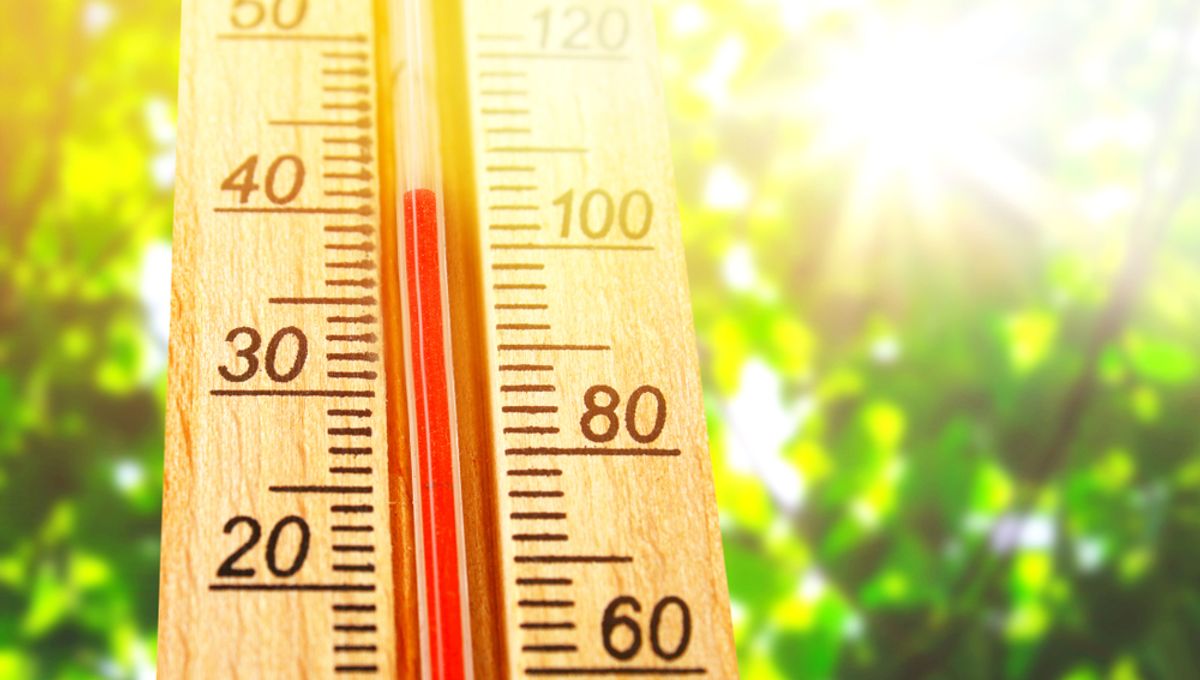
Well, we’re halfway through 2023, so in keeping with increasingly terrifying tradition, the Northern Hemisphere is melting.
As several southern states – including nearly all of Louisiana, Mississippi, and Arkansas – as well as some states in the Midwest, have reached “wet bulb temperature” and received an “extreme threat” level designation, you may be wondering: what does “wet bulb temperature” mean?
Have you ever gone outside in New York on a 30°C (86°F) day, immediately regretted it, and wondered how on Earth anybody could possibly bear the 43°C (110°F) summers of Phoenix?
Or maybe you’ve seen the yearly ritual of Brits complaining about how unbearable their 35°C (95°F) heatwave has been and wondered whether “hot” actually means something different in England.
The thing is, not all heat is created equal, and the same temperature really can be pleasant in one city and pure torture in another. In colloquial terms, you might have heard people talk about “dry heat” being more pleasant than “humid heat”. What makes the difference is often the humidity: the concentration of water vapor in the air. If we compare that to the concentration of water vapor the air could potentially contain at the current temperature, we get the relative humidity. For example, on a day with one percent relative humidity – the lowest ever recorded on Earth – the air contains just one percent of the water vapor it potentially could. But on a day with 100 percent relative humidity, the air is fully saturated and can’t take any more.
But that can be a big problem because humans cool themselves by sweating: the ambient heat evaporates sweat from our skin, and that keeps us from getting too hot. If the relative humidity is already near 100 percent, the air simply can’t take any more. Our sweat doesn’t get evaporated as easily, and we can’t cool down. This makes humid heat not just uncomfortable, but dangerous.
“Physiologically, there’s a point when heat and humidity will become not just uncomfortable, but actually impossible to acclimate to,” Colin Raymond, lead author of a 2020 study into severe heat and humidity, told the American Association for the Advancement of Science (AAAS) at the time. “[T]hese conditions are already happening and only getting worse.”
And that’s where wet-bulb temperatures come in.
Instead of simply looking at the thermometer to see how hot it is, a wet-bulb temperature is taken by first wrapping the bulb of the thermometer in a wet cloth – hence, “wet bulb”. The cloth acts as a sort of proxy for human skin: if the water evaporates, the thermometer is cooled, and the wet-bulb temperature will be lower than the air temperature. But in high humidity, when the water can’t evaporate as well, this doesn’t happen. Basically, the wet-bulb temperature can be thought of as a measurement of not just how hot it is, but how well humans can expect to cope with it.
The theoretical human limit for wet-bulb temperatures is 35°C (95°F) – around human skin temperature. Any hotter than that, and the body will start to overheat, even if given unlimited water and shade. Luckily, it’s rare for temperatures on Earth to reach these levels – rare, but not unheard of. And the depressingly predictable reason that social media is abuzz with this fairly obscure meteorological metric is that this “rare” phenomenon is actually becoming less and less rare as time goes on. That’s right: climate change is literally making the planet unliveable.
“Previous studies projected that this would happen several decades from now, but this shows it’s happening right now,” Raymond warned in a statement in 2020. “The times these events last will increase, and the areas they affect will grow in direct correlation with global warming.”
An earlier version of this article was published in June 2021.
Source Link: Southern US Reaches Dangerous "Wet Bulb Temperature". Here's What That Means